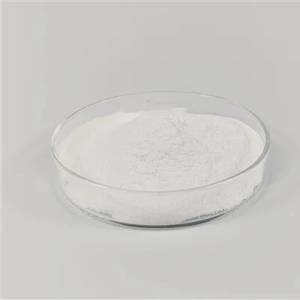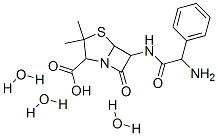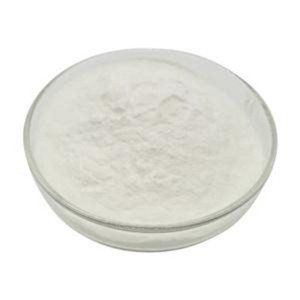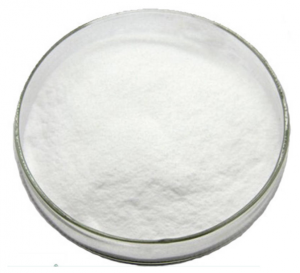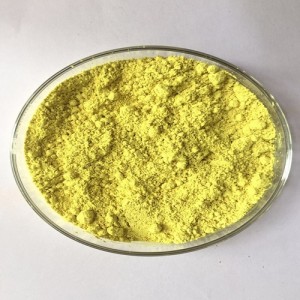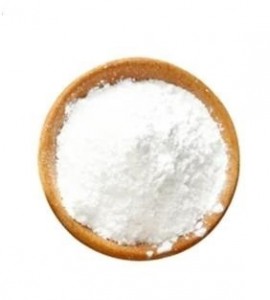| Basic Information | |
| Product name |
Ampicillin |
| Grade | Pharmaceutical Grade |
| Appearance | White or almost white, crystalline powder |
| Assay | |
| Shelf life | 2 Years |
| Packing | 25kg/drum |
| Condition | stored in a cool and dry place |
Description
As a penicillin group of beta-lactam antibiotics, Ampicillin is the first broad-spectrum penicillin, which has in vitro activity against Gram-positive and Gram-negative aerobic and anaerobic bacteria, commonly used for preventing and treating bacterial infections of respiratory tract, urinary tract, middle ear, sinuses, stomach and intestines, bladder, and kidney, etc. caused by susceptible bacteria. It is also used to treat uncomplicated gonorrhea, meningitis, endocarditis salmonellosis, and other serious infections through administered by mouth, intramuscular injection or by intravenous infusion. Like all antibiotics, it is not effective for the treatment of viral infections.
Ampicillin functions by killing the bacteria or preventing their growth. After penetrating Gram-positive and Gram-negative bacteria, it acts as an irreversible inhibitor of the enzyme transpeptidase needed by bacteria to make the cell wall, which results to the inhibition of cell wall synthesis and eventually leads to cell lysis.
Antimicrobial activity
Ampicillin is slightly less active than benzylpenicillin against most Gram-positive bacteria but is more active against E. faecalis. MRSA and strains of Str. pneumoniae with reduced susceptibility to benzylpenicillin are resistant. Most group D streptococci, anaerobic Gram-positive cocci and bacilli, including L. monocytogenes, Actinomyces spp. and Arachnia spp., are susceptible. Mycobacteria and nocardia are resistant.
Ampicillin has similar activity to benzylpenicillin against N. gonorrhoeae, N. meningitidis and Mor. catarrhalis. It is 2–8 times more active than benzylpenicillin against H. influenzae and many Enterobacteriaceae, but β-lactamase-producing strains are resistant. Pseudomonas spp. are resistant, but Bordetella, Brucella, Legionella and Campylobacter spp. are often susceptible. Certain Gram-negative anaerobes such as Prevotella melaninogenica and Fusobacterium spp. are susceptible, but B. fragilis is resistant, as are mycoplasmas and rickettsiae.
Activity against molecular class A β-lactamase-producing strains of staphylococci, gonococci, H. influenzae, Mor. catarrhalis, certain Enterobacteriaceae and B. fragilis is enhanced by the presence of β-lactamase inhibitors, specifically clavulanic acid.
Its bactericidal activity resembles that of benzylpenicillin. Bactericidal synergy occurs with aminoglycosides against E. faecalis and many enterobacteria, and with mecillinam against a number of ampicillin-resistant enterobacteria.

